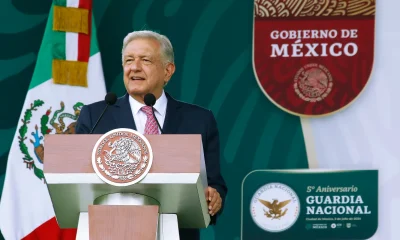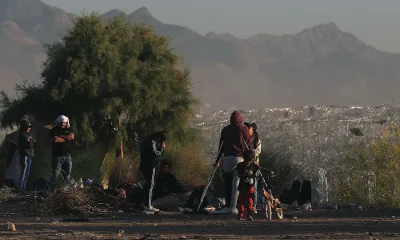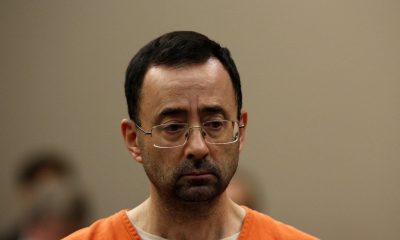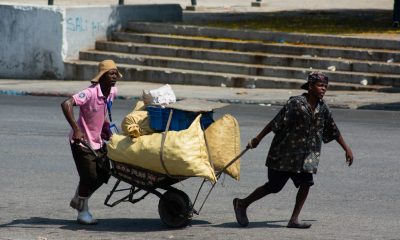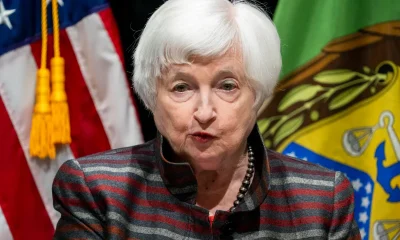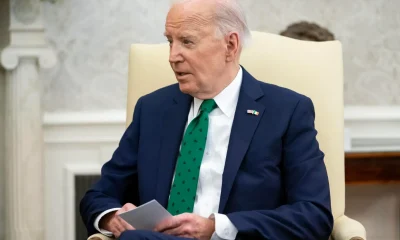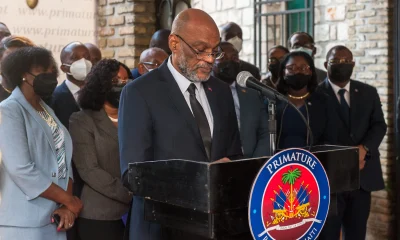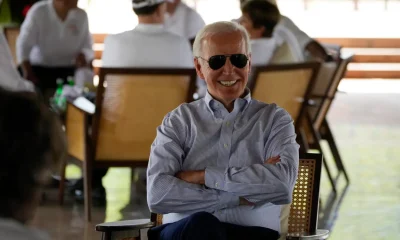International
The U.S. Supreme Court endorses lawsuits against public charges for blocking people on the networks
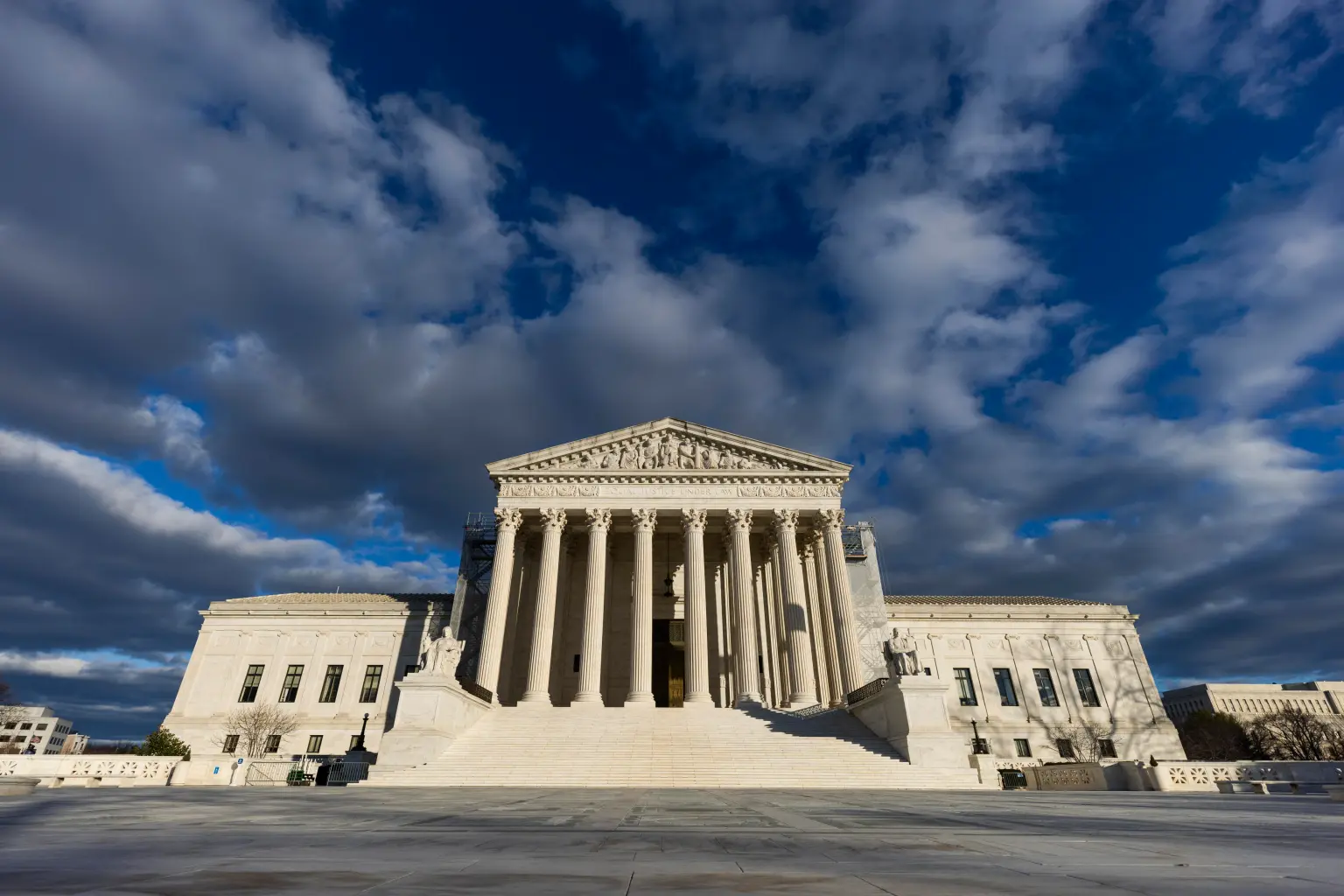
The Supreme Court of the United States stressed that public officials can be sued in certain circumstances for blocking people critical of them on the networks, although in a different case it also authorized those workers to veto certain people.
Judge Amy Coney Barrett stressed in her letter that public officials who use their personal accounts to issue official statements may not be free to delete comments about those messages or directly block those who criticize them.
“Sometimes the line between private conduct and state action is difficult to draw. (…) When a public office uses social networks, it is definitely necessary to evaluate it closely to categorize it,” the magistrate stressed.
In one of the cases that reached the court, James Freed, manager of the city of Port Huron, in Michigan, used the Facebook page he created when he was at university to communicate with citizens, although he also used it to tell details of his life.
A resident criticized the city’s response to the covid pandemic on that account and Freed blocked him and deleted his comments. In a lower court, the manager had had his decision supported.
“A public official who does not maintain personal messages in a clearly designated place is exposed to greater potential responsibilities,” said the Supreme Court, who assured that it did not coincide with the resolution of the previous court and authorized the case to continue.
For the Supreme Court, the speeches of government officials may be subject to the scrutiny of the First Amendment, which protects freedom of expression, only when they have the authority to speak on behalf of the State and intended to exercise that authority.
A similar case had affected former US President Donald Trump (2017-2021) and current candidate for the presidency for blocking users on X (then Twitter).
A court in New York agreed with him, but by the time the appeal reached the Supreme Court, Trump had already abandoned power and the court dismissed the case in April 2021 considering that it was already something irrelevant.
International
Floods in Central Vietnam leave 28 dead, thousands displaced

The death toll from heavy rains and flooding in central Vietnam has risen to 28, with six people reported missing and 43 injured, local newspaper VnExpress reported Friday night.
More than 22,100 homes remain flooded, primarily in the cities of Hue and Da Nang. Floods and landslides have destroyed or swept away 91 houses and damaged another 181, the report added.
Around 245,000 households are still without electricity, particularly in Da Nang, where over 225,000 homes are affected.
Additionally, 80 stretches of national highways are blocked or disrupted due to landslides. Authorities expect the flooding to continue for another day or two in the region.
International
FBI foils ISIS-Inspired attack in Michigan, arrests five teens

Kash Patel did not provide further details, but police sources told CBS News that the potential attack was “inspired” by the Islamic State (ISIS).
“This morning, the FBI thwarted a potential terrorist attack and arrested several individuals in Michigan who were allegedly planning a violent attack during the Halloween weekend,” Patel wrote on X.
“Thanks to swift action and close coordination with our local partners, a possible terrorist act was prevented before it could be carried out,” he added.
CBS reported that five people between the ages of 16 and 20 were arrested on Friday. At least one of them was reportedly acquainted with a former member of the Michigan National Guard, who was arrested in May for plotting an ISIS-inspired attack on a U.S. military facility in the Detroit suburbs.
International
U.S. warns China over Taiwan during high-level defense talks in Kuala Lumpur
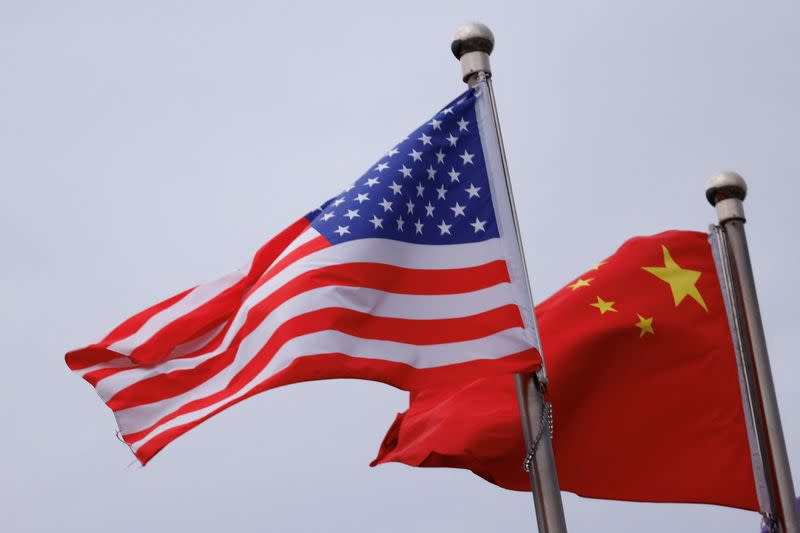
U.S. Secretary of Defense Pete Hegseth expressed concerns over China’s growing military activity near Taiwan during a meeting on Friday with Chinese Defense Minister Dong Jun in Kuala Lumpur.
“It was a constructive and positive meeting,” Hegseth wrote on X. “I emphasized the importance of maintaining a balance of power in the Indo-Pacific and raised U.S. concerns about China’s actions around Taiwan,” the self-governed island that Beijing claims and does not rule out invading.
The meeting took place on the sidelines of the ASEAN Defense Ministers Meeting-Plus, one day after U.S. President Donald Trump met Chinese President Xi Jinping in Busan, South Korea. According to Trump, Taiwan was not discussed during their talks.
“The United States does not seek conflict and will continue to firmly defend its interests, ensuring it maintains the capability to do so in the region,” Hegseth added in his message.
Friday’s encounter followed a September 9 video call between Hegseth and Dong. Their previously planned meeting at the Shangri-La Dialogue in Singapore was canceled due to Dong’s absence from the event.
Trump’s sit-down with Xi — their first since 2019 — resulted in some trade agreements but avoided addressing the issue of Taiwan, a long-standing source of tension between the world’s two largest powers.
Trump has taken a more ambiguous stance on Taiwan’s future compared with former President Joe Biden, who repeatedly stated that Washington would support Taipei if China launched an invasion. The Republican president has also criticized Taiwan for “stealing” the U.S. semiconductor industry.
-

 International4 days ago
International4 days agoJamaica faces widespread destruction as hurricane Melissa hits the island
-

 International2 days ago
International2 days agoHurricane Melissa kills over 30, leaves thousands displaced in the Caribbean
-

 International4 days ago
International4 days agoMelissa leaves path of destruction in Caribbean, 735,000 evacuated in Cuba
-
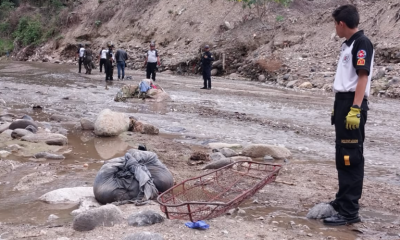
 Central America4 days ago
Central America4 days agoNew dismembered bodies found in San Juan river days after mass killing in Palencia
-

 International3 days ago
International3 days agoHurricane Melissa leaves Jamaican residents homeless as recovery efforts begin
-

 Central America4 days ago
Central America4 days agoFour guatemalan soldiers arrested for stealing weapons from Northern Air Command
-

 Central America4 days ago
Central America4 days agoArévalo accuses Porras and judge of undermining democracy in Guatemala
-

 International4 days ago
International4 days agoArgentina’s Milei opens dialogue with parties to push “Second-Generation Reforms”
-

 International2 days ago
International2 days agoU.S. considering airstrikes on military sites in Venezuela, reports say
-
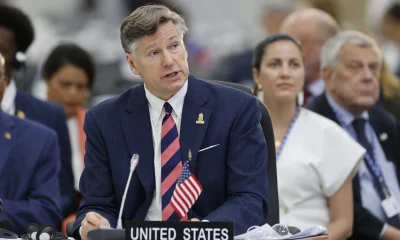
 International3 days ago
International3 days agoUS Deputy Secretary criticizes Mexico’s call to end Cuba trade embargo at UN
-

 International3 days ago
International3 days agoVenezuela warns citizens who call for invasion risk losing nationality
-

 International3 days ago
International3 days agoTrump orders immediate U.S. nuclear testing, ending 30-year moratorium
-
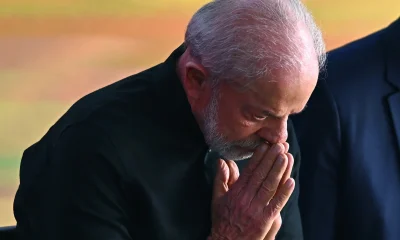
 International3 days ago
International3 days agoBrazilian president defends coordinated anti-drug operations after deadly Rio raid
-

 International2 days ago
International2 days agoTrump sets historic low refugee cap at 7,500, prioritizes white South Africans
-
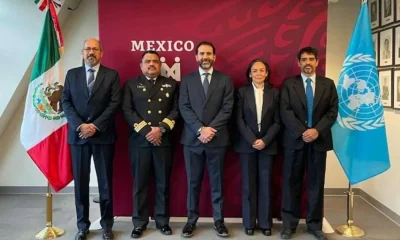
 International3 days ago
International3 days agoMexico advances continental shelf claims at UN Commission in New York
-

 International20 hours ago
International20 hours agoFloods in Central Vietnam leave 28 dead, thousands displaced
-

 International2 days ago
International2 days agoUNICEF: Over 700,000 children affected by Hurricane Melissa in the Caribbean
-

 International2 days ago
International2 days agoU.S. warns China over Taiwan during high-level defense talks in Kuala Lumpur
-

 International3 days ago
International3 days agoSimeón Pérez Marroquín, ‘El Viejo,’ detained for role in Miguel Uribe Turbay assassination plot
-
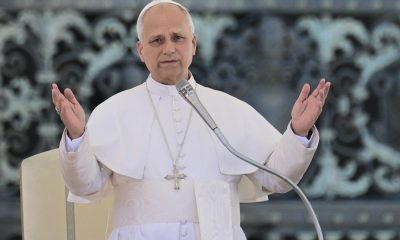
 International2 days ago
International2 days agoPope Leo XIV revives Global Compact on Education to confront cultural crisis
-

 International20 hours ago
International20 hours agoFBI foils ISIS-Inspired attack in Michigan, arrests five teens





























